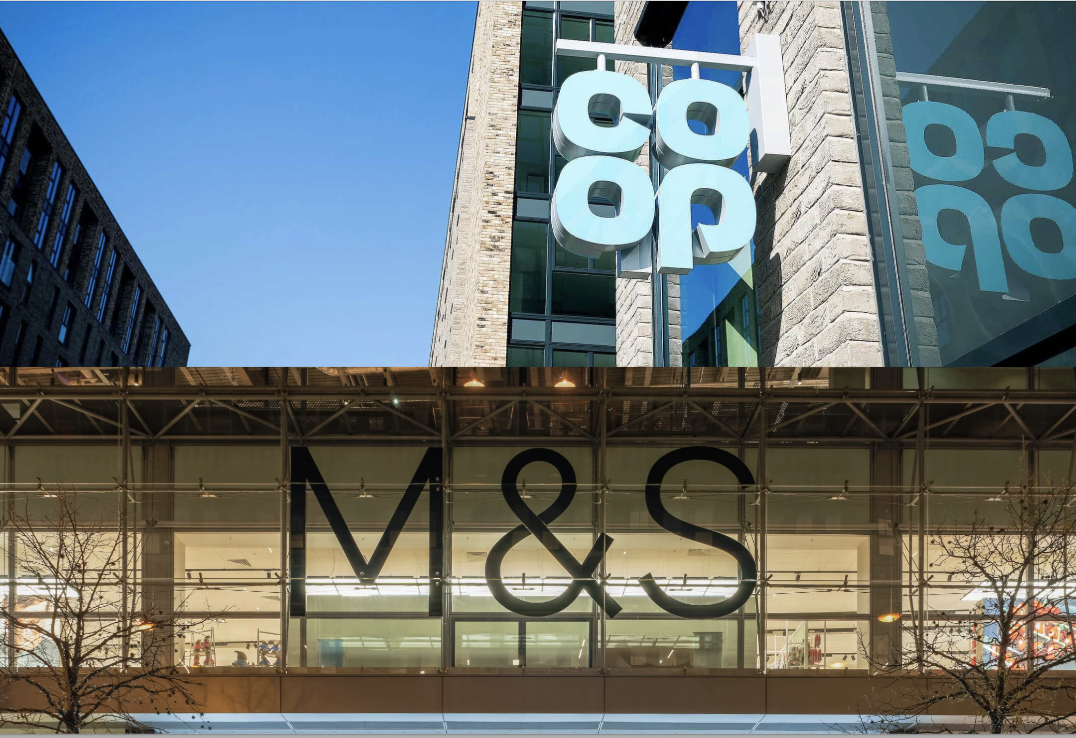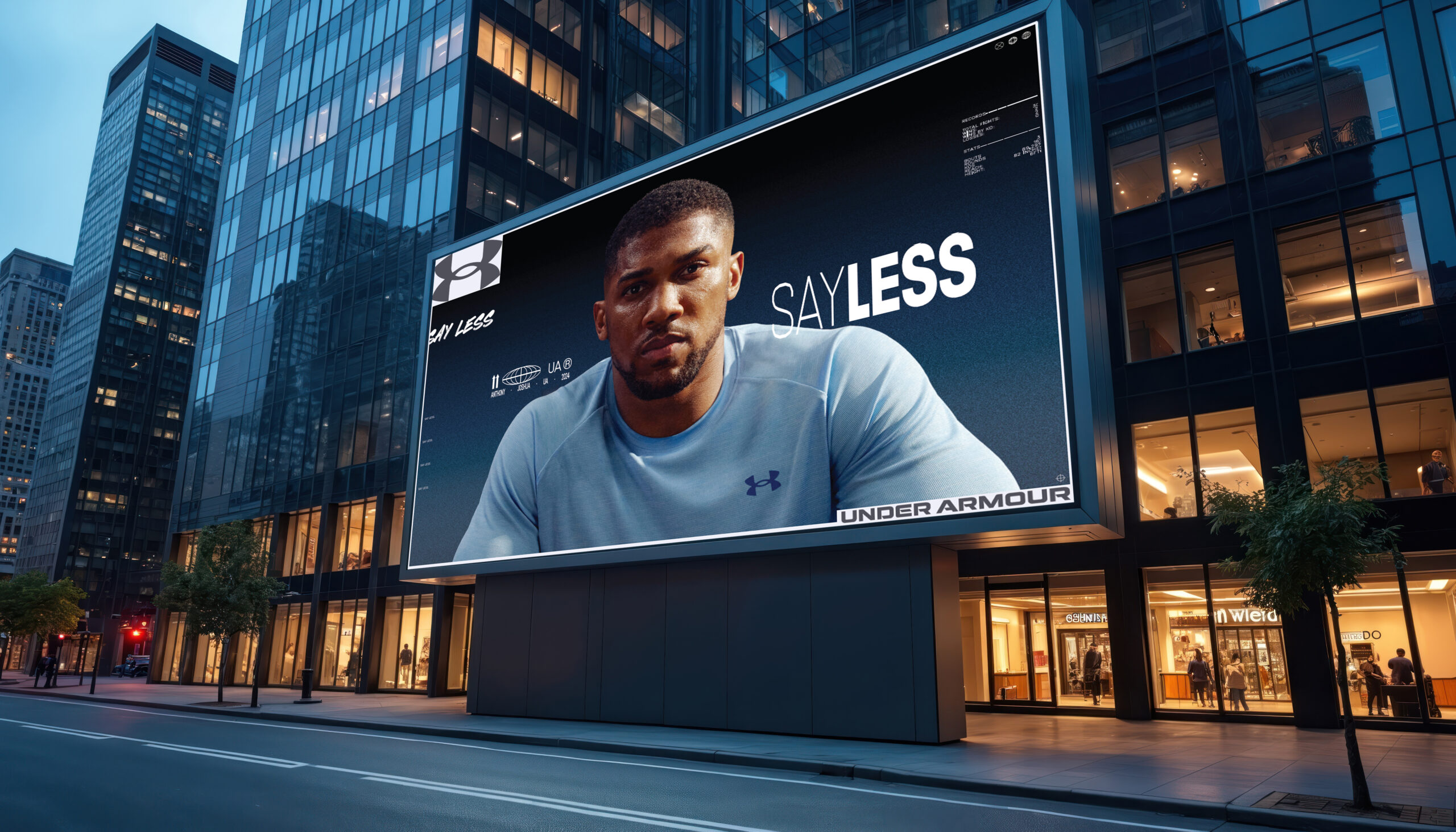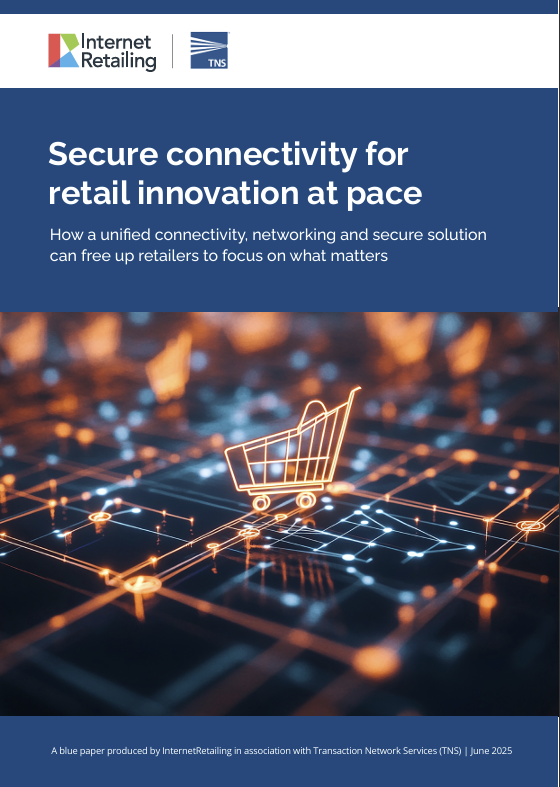When Google talks, the world listens, so its pronouncements – which have been growing in volume over the past two years – that its future is mobile have not fallen on deaf ears. Now it is insisting that retailers have to embrace mobile more keenly if they are to survive in the new e-commerce landscape – a landscape that will be free of wires – since, by an unspecified time in the near future, more e-commerce will be done on mobile than PC. In fact more of everything Internet will be done on mobile devices than PCs, it believes.
Many in the retail, e-commerce and mobile industries agree, but there is still a healthy scepticism over the timing of the rise of mobile. A recent study my retail analysts Verdict and veteran telecoms consultants Ovum found that, by 2013, m-commerce will indeed have seen tremendous growth – reach an estimated £275 million in revenues – but that this would still be dwarfed by e-commerce’s £21 billion today.
So, has Google gone gaga? Far from it. The power of mobile lies not in the purchasing per se (well, not yet anyway), but in all the things that sit around mobile that are already making it an invaluable tool for shoppers (and spenders).
At present, finds Ovum-Verdict, rather than shop, it is clear that consumers are using their mobiles to enhance the shopping experience by comparing prices, researching products and interacting with retailers. Indeed, the findings of Verdict’s consumer research reveal that 11.5% of all UK shoppers are using their mobiles to research before shopping, while 3.8% use them to research, engage and interact with retailers while out shopping.
“Consumers are not spending significant amounts via mobiles and, for now, we believe the true potential for m-commerce is to provide consumers with a valuable tool for research, comparison shopping and retailer interaction,” says Malcolm Pinkerton, senior analyst at Verdict Research.
Christine Bardwell, senior retail technology analyst at Ovum, adds: “The opportunities are there for the most proficient multichannel retailers to claim a share of the growing cross-channel expenditure by exploiting the possibilities provided by mobiles to seamlessly link the online and in-store environments.”
Google, meanwhile, believes that mobile will also bring advantages of location based marketing and social media marketing to the mix and these, while not necessarily driving direct sales from handsets, will provide the cornerstone of the future shopping experience.
Google is also pledging to better integrate customer reviews into its search processes and is looking, like many providers, at how to make mobile payments easier on both the consumer and the retailer.
The rise of barcode scanning software such as Stripey Lines and RedLaser – as found on Tesco’s latest iteration of its iPhone app – are also placing mobile in an interesting place in the retailing experience, making comparative shopping for hard goods that much easier for the consumer.
Google’s Googles and other forms of augmented reality (AR) that place data over images captured on smartphone cameras are also likely to aid this process.
However, there is still a fly in the ointment. Smartphone use is rising significantly and rapidly and the man in the street is using his mobile for more and more web-related tasks. But all this requires a data connection and, after just three years of unlimited data bundles that have made this possible on the fly, network operators around the world – following the vanguard in the US – are starting to curtail these options.
UK network operator O2 has become the first here to can unlimited data packages – just in time for the launch of iPhone 4; canny – and the others are expected to follow suit.
The networks argue that it just makes pricing more transparent and that, in O2’s words, “97% of its customers won’t notice a difference”, but there is the worry that it could put a dampener on the nascent rise of the mobile web being bigger than PC-web any time soon.








